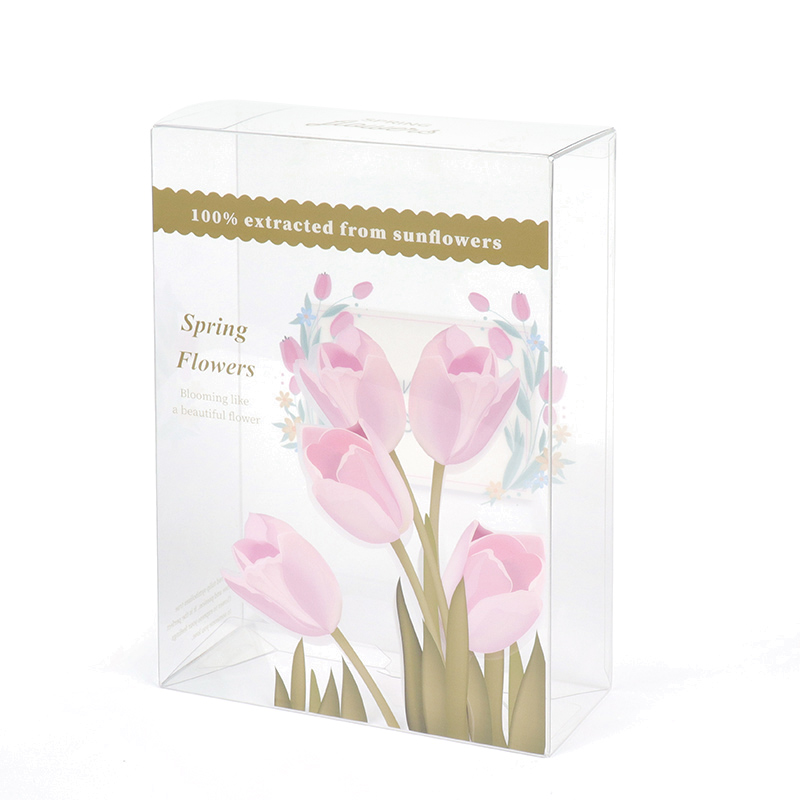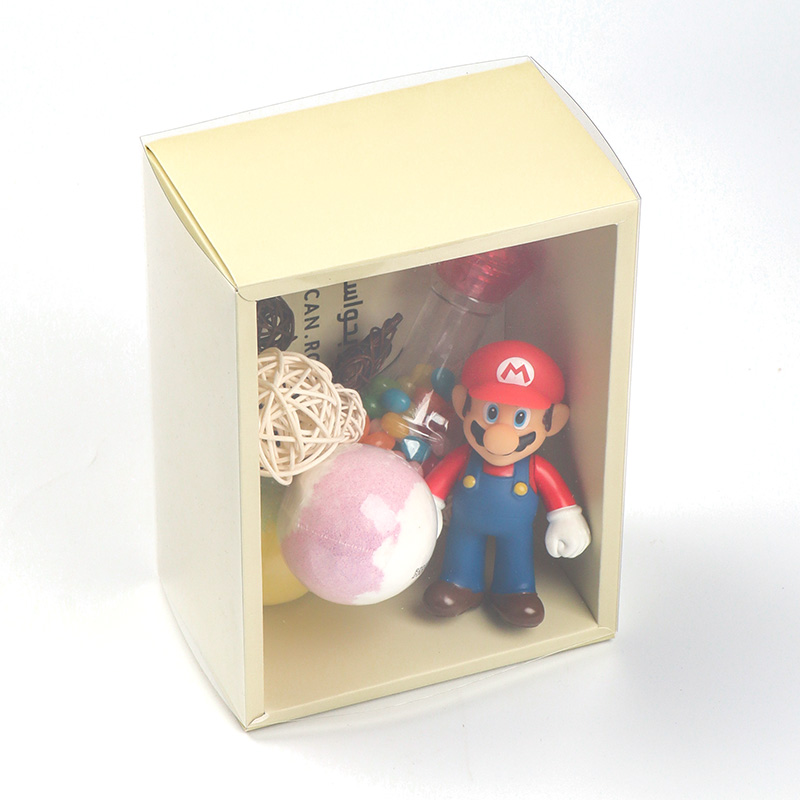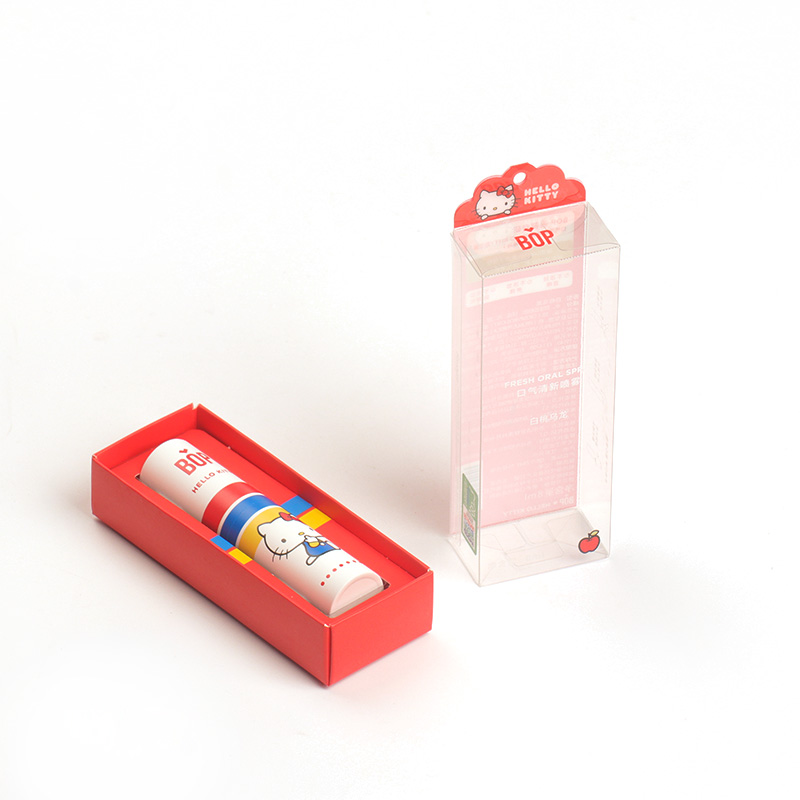Introduction
In the ever-evolving landscape of the packaging industry, the quality and performance of PVC (Polyvinyl Chloride) packaging boxes have become increasingly crucial. As we move towards the year 2024, it is essential to establish a comprehensive set of guidelines to ensure the consistent delivery of high-quality PVC packaging solutions. This article aims to provide a detailed overview of the quality standards, testing procedures, and best practices that should be adopted by manufacturers and suppliers to meet the growing demands of the market.

Material Composition and Specifications
The foundation of a robust PVC packaging box lies in its material composition. To ensure the desired level of durability, strength, and environmental compatibility, the PVC material used should adhere to the following specifications:
-
PVC Resin Quality: The PVC resin should meet the industry-standard requirements for purity, molecular weight distribution, and thermal stability. Rigorous testing should be conducted to verify the resin's compliance with international quality standards, such as ASTM D1755 and ISO 1163.
-
Plasticizer Content: The plasticizer content in the PVC formulation should be carefully controlled to achieve the optimal balance between flexibility, impact resistance, and chemical resistance. The plasticizer content should fall within the range of 20-40% by weight, as per the guidelines set by organizations like the European Council for Plasticizers and Intermediates (ECPI).
-
Stabilizer Additives: Appropriate stabilizer additives, such as heat stabilizers and UV stabilizers, should be incorporated into the PVC formulation to enhance the material's resistance to thermal degradation and UV exposure. The stabilizer content should be within the recommended levels specified by industry standards like ASTM D4726 and EN 13501-1.
Manufacturing Process and Quality Control
The manufacturing process of PVC packaging boxes plays a crucial role in ensuring consistent quality. Manufacturers should adhere to the following guidelines to maintain high standards throughout the production cycle:
-
Extrusion Process: The extrusion process should be carefully monitored and controlled to ensure uniform thickness, dimensional accuracy, and surface finish of the PVC sheets. Parameters such as melt temperature, screw speed, and line speed should be maintained within the optimal ranges to minimize defects and maximize production efficiency.
-
Thermoforming: The thermoforming process used to shape the PVC sheets into the desired packaging box design should be optimized to prevent warping, thinning, or other structural deformities. Proper temperature control, mold design, and cooling procedures should be implemented to achieve consistent and reliable results.
-
Quality Inspection: Rigorous quality inspection protocols should be in place to identify and address any defects or non-conformities throughout the manufacturing process. This includes visual inspections, dimensional measurements, and performance testing to ensure the final PVC packaging boxes meet the specified requirements.
Performance and Testing Standards
To ensure the PVC packaging boxes meet the expectations of end-users, it is essential to establish and adhere to a comprehensive set of performance and testing standards. These standards should cover the following aspects:
-
Mechanical Properties: PVC packaging boxes should be tested for their tensile strength, impact resistance, and compression strength to ensure they can withstand the stresses encountered during transportation, storage, and handling. The test methods should be based on industry-recognized standards such as ASTM D638, ASTM D4226, and ASTM D642.
-
Barrier Properties: The PVC packaging boxes should demonstrate effective barrier properties to protect the contents from external factors such as moisture, oxygen, and light. Testing for water vapor transmission rate (WVTR), oxygen transmission rate (OTR), and light transmittance should be conducted in accordance with ASTM F1249, ASTM D3985, and ASTM D1003, respectively.
-
Chemical Resistance: PVC packaging boxes should be evaluated for their resistance to common chemicals, solvents, and cleaning agents that they may encounter during their lifecycle. The testing should be performed following ASTM D543 and ASTM D1308 guidelines to ensure the material's integrity is maintained.
-
Thermal Performance: The PVC packaging boxes should be able to withstand the temperature fluctuations encountered during storage, transportation, and end-use. Testing for heat resistance, cold resistance, and thermal stability should be conducted as per ASTM D648, ASTM D746, and ASTM D3850 standards.
-
Environmental Compliance: PVC packaging boxes should comply with the latest environmental regulations and standards, such as the European Union's Restriction of Hazardous Substances (RoHS) directive and the Registration, Evaluation, Authorization, and Restriction of Chemicals (REACH) regulation. Appropriate testing and certification should be obtained to demonstrate the material's environmental compatibility.
Best Practices and Recommendations
To ensure the consistent delivery of high-quality PVC packaging boxes, manufacturers and suppliers should adopt the following best practices:
-
Supplier Qualification: Establish a rigorous supplier qualification process to ensure the PVC resin and other raw materials meet the specified quality requirements. Regularly audit and evaluate suppliers to maintain the desired level of quality.
-
Process Optimization: Continuously optimize the manufacturing processes, including extrusion, thermoforming, and finishing, to improve efficiency, reduce waste, and enhance product quality.
-
Quality Management System: Implement a comprehensive quality management system (QMS) that aligns with international standards such as ISO 9001. This will help streamline quality control procedures, document processes, and ensure consistent quality across all production batches.
-
Training and Skill Development: Invest in the training and skill development of the workforce to enhance their understanding of quality requirements, testing procedures, and problem-solving techniques. This will contribute to a culture of quality and continuous improvement.
-
Traceability and Documentation: Maintain detailed records of the manufacturing process, raw material sources, and quality test results to ensure traceability and facilitate effective problem-solving in the event of any quality-related issues.
-
Collaboration and Feedback: Establish open communication channels with customers and industry stakeholders to gather feedback, understand evolving market needs, and incorporate continuous improvements into the product development and quality assurance processes.
Conclusion
The quality of PVC packaging boxes is a critical factor in ensuring the protection and preservation of the packaged products. By adhering to the guidelines outlined in this article, manufacturers and suppliers can consistently deliver high-quality PVC packaging solutions that meet the evolving demands of the market. Through a combination of rigorous material specifications, optimized manufacturing processes, comprehensive testing standards, and best practices, the PVC packaging industry can strive towards excellence and maintain a competitive edge in the years to come.
Related Products























